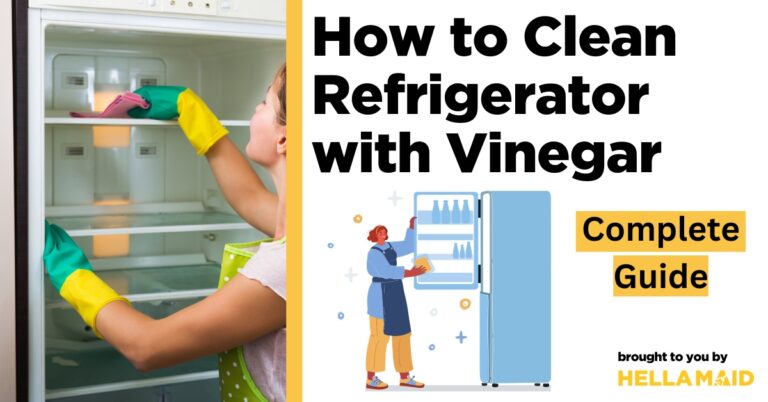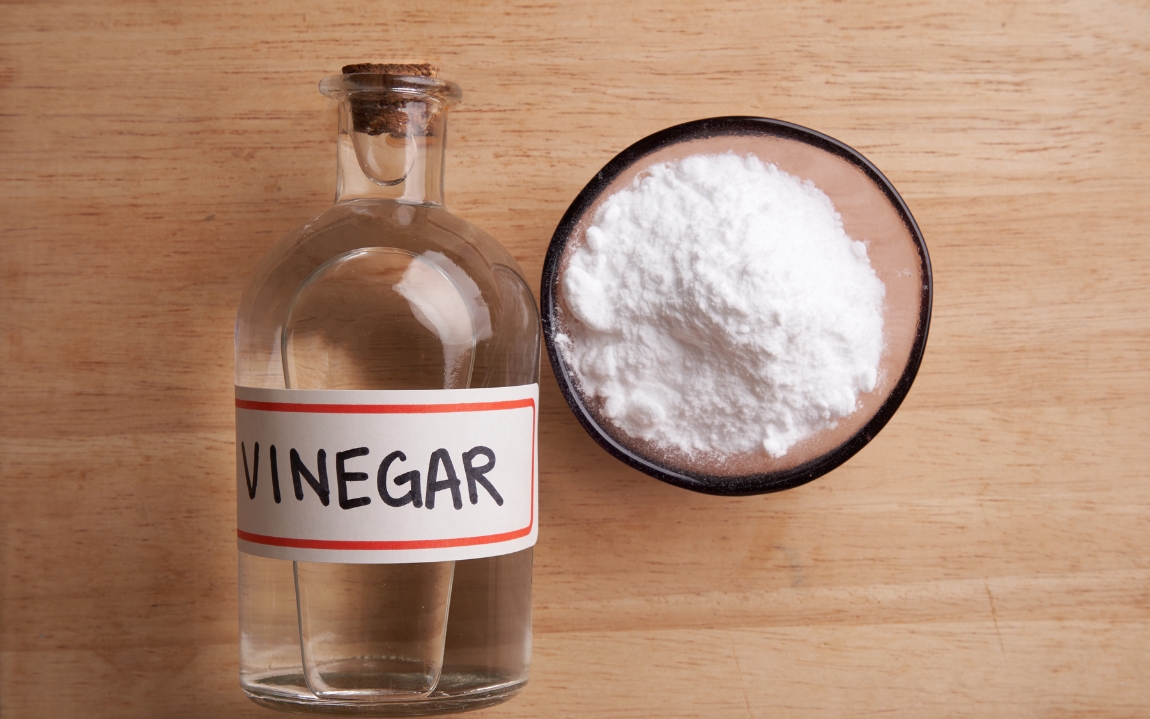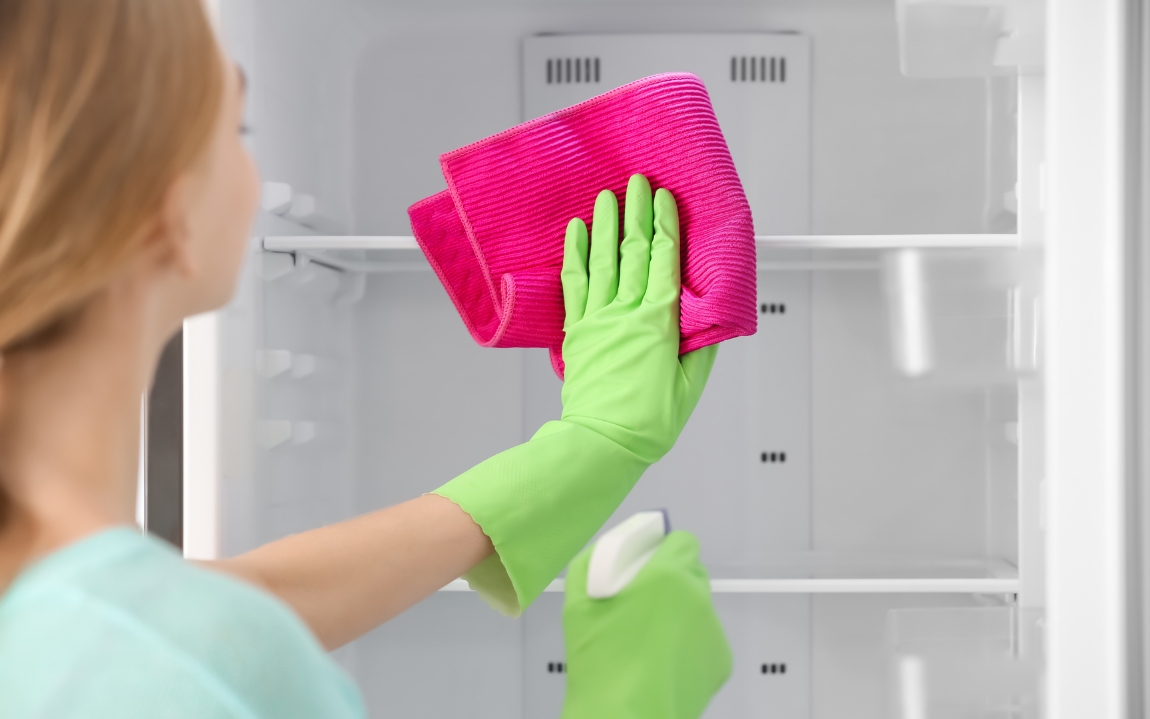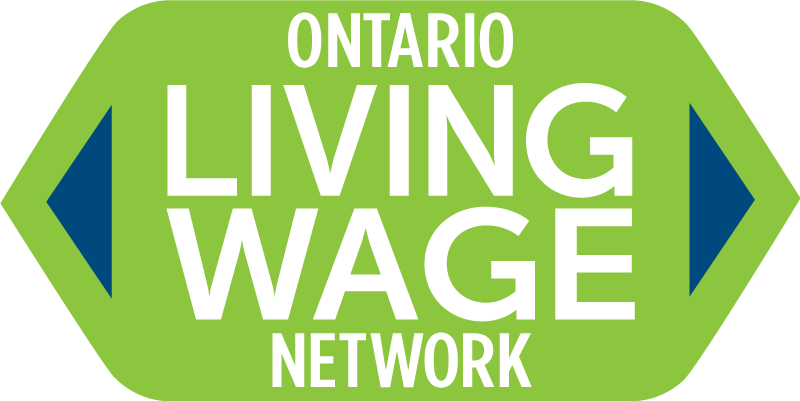Keeping your refrigerator clean is essential for maintaining food safety and preserving its lifespan. While there are many cleaning products available, vinegar stands out as a natural and effective solution for tackling tough stains and odors. In this blog post, let’s explore some fridge-cleaning hacks and we’ll provide you with a comprehensive guide on how to clean your refrigerator with vinegar, ensuring a fresh and hygienic environment for your food.
Why Vinegar is an Effective Cleaner?
Vinegar, specifically white distilled vinegar, is a versatile and powerful cleaner thanks to its acidic properties. It can effectively dissolve grease, remove stains, and eliminate odors without leaving behind any harmful residues. Additionally, vinegar is non-toxic, environmentally friendly, and safe to use around food.
Supplies Needed for Cleaning Refrigerator with Vinegar
Before you begin cleaning, gather all the necessary supplies:
- White distilled vinegar
- Water
- Microfiber cloths or sponge
- Baking soda (optional)
- Empty spray bottle
- Small scrub brush or toothbrush (for hard-to-reach areas)
Cleaning Agents to Avoid When Cleaning Your Refrigerator
- Bleach: Cleaning using bleach like Clorox may damage the interior surfaces of your refrigerator. Additionally, the strong odor of bleach can linger, affecting the taste and smell of your food.
- Ammonia-based Cleaners: Ammonia-based cleaners can also be too harsh for refrigerator surfaces. They may cause discoloration or damage to plastic components and can leave behind a strong and unpleasant odor.
- Abrasive Cleaners: Abrasive cleaners, such as scouring powders or pads, should be avoided when cleaning your refrigerator. These abrasive materials can scratch and damage the interior surfaces, making them more susceptible to stains and bacterial growth.
- Strongly Scented Cleaners: While some cleaners may have pleasant scents, strongly scented cleaners should be avoided when cleaning your refrigerator. The lingering scent may transfer to your food and affect its taste and smell.
- Dish Soap: While dish soap is a common household cleaner, it’s not ideal for cleaning the interior of your refrigerator. Dish soap may leave behind a soapy residue that can be difficult to rinse off, and the lingering scent may affect the taste of your food.
- Petroleum-based Cleaners: Petroleum-based cleaners, such as mineral oil or petroleum jelly, should be avoided when cleaning your refrigerator. These products can leave behind a greasy residue that can attract dust and dirt, making your refrigerator more difficult to clean in the long run.
DIY Vinegar Cleaner Recipe for Refrigerator Cleaning
Creating your own DIY vinegar cleaner is simple and cost-effective. Here’s a detailed recipe to make your own vinegar-based cleaner for refrigerator cleaning:
Ingredients:
- White distilled vinegar
- Water
- Optional: Baking soda for stubborn stains
Instructions:
- Measure equal parts white distilled vinegar and water. For example, you can use 1 cup of vinegar and 1 cup of water for a basic solution.
- Pour the vinegar and water into a clean spray bottle. Make sure to use a spray bottle that is labeled for cleaning purposes and has not previously contained any harmful chemicals.
- If you’re dealing with stubborn stains or tough grease buildup, consider adding a small amount of baking soda to the vinegar solution. Baking soda acts as a gentle abrasive and can help break down tough stains when combined with vinegar.
- Close the spray bottle tightly and shake well to mix the ingredients thoroughly. The solution is now ready to use for cleaning your refrigerator.
Step-by-Step Process on How to Clean Refrigerator With Vinegar
Follow these steps on how to clean refrigerator with vinegar effectively:
- Start by removing all food items from the refrigerator. This includes shelves, drawers, and any removable compartments. Discard expired or spoiled items and set aside perishable items in a cooler to keep them fresh while you clean.
- In a spray bottle, mix equal parts white distilled vinegar and water to create a cleaning solution. This diluted vinegar solution will serve as your primary cleaning agent.
- Spray the vinegar solution onto the interior surfaces of the refrigerator, including shelves, drawers, walls, and door racks. Use a microfiber cloth instead of a cotton cloth, or use sponge to wipe down these surfaces.
- For stubborn stains or stuck-on food residue, sprinkle baking soda onto the affected areas before scrubbing with a cloth or brush.
- Use a vinegar-soaked cloth to wipe down the refrigerator seals and gaskets. These areas are prone to collecting dirt and grime and can affect the refrigerator’s ability to maintain a tight seal. Ensure that you clean both the door seals and the seals around the drawers and compartments.
- To eliminate odors, place a bowl of undiluted vinegar on a shelf and leave it overnight. Alternatively, you can soak a cotton ball in vinegar and place it inside the refrigerator to target specific areas.
- Don’t forget to clean the exterior of your refrigerator as well. Spray the vinegar solution onto a cloth and wipe down the exterior surfaces, including the doors, sides, and top.
- Once you’ve finished cleaning, reassemble the shelves, drawers, and compartments in your refrigerator. Organize your food items neatly, making sure to check expiration dates and dispose of any items that are past their prime.
- Do a final inspection of your refrigerator to ensure that all surfaces are clean and that no areas have been overlooked.
Do’s and Don’ts When Cleaning Your Refrigerator
Follow these do’s and don’t when you clean your refrigerator with vinegar:
Do’s:
- Remove food before cleaning. This will allow you to access all areas and ensure a thorough cleaning.
- Use a mild cleaner, such as a vinegar solution, to clean the interior of your refrigerator. Harsh chemicals can leave behind residue and odors that may affect the taste and safety of your food.
- Clean up spills and messes as soon as they occur to prevent them from drying and becoming more difficult to clean later.
- Clean the seals and gaskets around the refrigerator door. These areas can harbor dirt and bacteria if not cleaned regularly.
- Check expiration dates on food items as you remove them from the refrigerator. Dispose of any expired or spoiled items to prevent them from contaminating other foods.
- Organize the contents of your refrigerator. Group similar items together and use bins or containers to keep smaller items organized.
- Clean the exterior surfaces of your refrigerator, including the doors, handles, and top. These areas can accumulate dirt and fingerprints and should be cleaned regularly.
- Incorporate regular refrigerator cleaning into your household routine to keep your appliance clean and hygienic. Aim to clean your refrigerator at least once a month, or more frequently as needed.
Don’ts:
- Using abrasive cleaners or scouring pads on the interior surfaces of your refrigerator can scratch and damage the finish.
- Leaving food uncovered. Always cover food items or store them in sealed containers to prevent them from contaminating other foods and to prevent odors from spreading.
- Using excessive water when cleaning your refrigerator can seep into cracks and crevices and cause damage to electrical components.
- Forgetting to dry surfaces. After cleaning, make sure to thoroughly dry all surfaces with a clean cloth or towel to prevent moisture buildup and mold growth.
- Overloading the shelves. Avoid overloading shelves with too many items, as this can restrict airflow and affect the refrigerator’s ability to maintain proper temperature levels.
- Ignoring unusual odors or sounds. If you notice unusual odors or sounds coming from your refrigerator, don’t ignore them. These could be signs of a potential issue that needs to be addressed by a professional technician.
Vinegar has been a common cleaning agent found at home. Some homeowners tried cleaning showerhead with vinegar, or cleaning garden tools with vinegar as well. Meanwhile, cleaning your refrigerator with vinegar is a simple and effective way to maintain a clean and hygienic environment for your food. By following the steps outlined in this guide, you can easily tackle tough stains, remove odors, and ensure that your refrigerator is fresh and sanitized. Incorporate regular refrigerator cleaning into your household routine to keep your food safe and your refrigerator running smoothly.





























